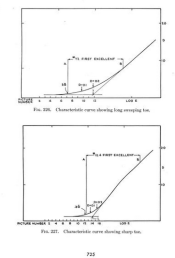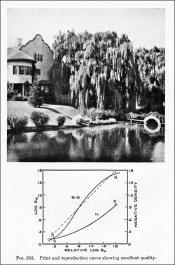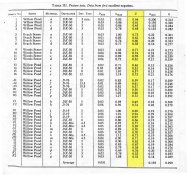You haven't been following my posts then.
Fractional gradient speed is the limiting gradient, so it would produce the thinnest negative that would yield high quality results. The pre and post 1960 ASA speeds and current ISO speed all utilize and are determined in relation to the fractional gradient speed. Technically speaking, they should be considered EIs. The current ISO speed is around a stop over fractional gradient speed and the pre 1960 ASA is around an additional 2/3 to 1 stops more. The standard's speeds use the limiting gradient as a base reference and create a working speed from there. A personal EI can be done in a similar manor, but instead of using the fractional gradient speed which is unknown unless tested for, the personal EI can use readily available ISO speed as it has a direct correlation with the fractional gradient speed.
Film speed is only part of exposure. Metering practices, flare, and preference are as much a part or more in deciding on a personal EI. Ultimately photographic results are subjective. All of us being human, we tend to have a common response to stimuli, which will get us into the ball park; but the art aspect will continue to be too elusive to predict. However, there is a clear distinction between stating a personal preference and claiming error and misconduct in the standard.

















